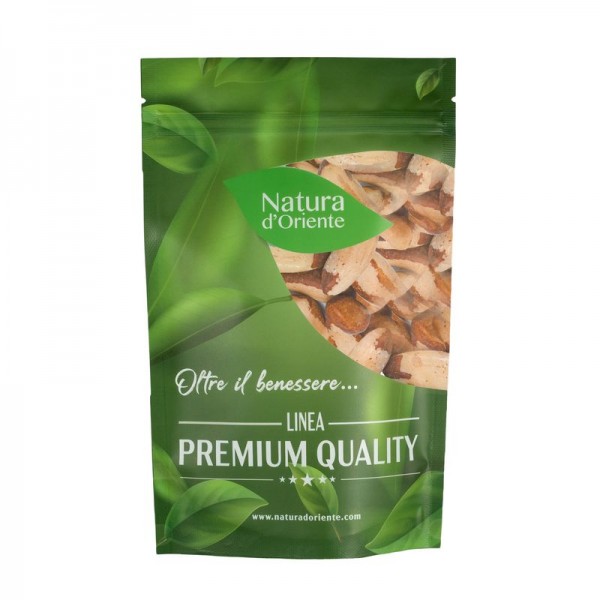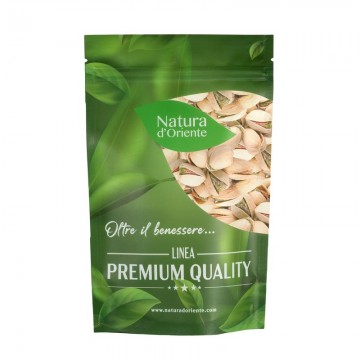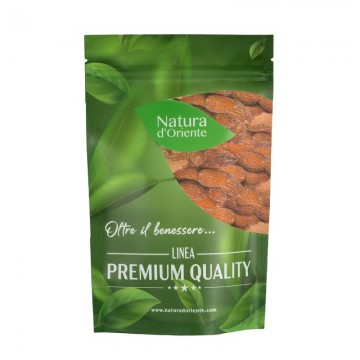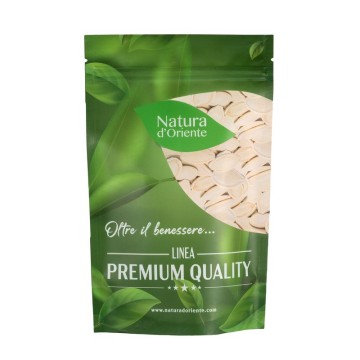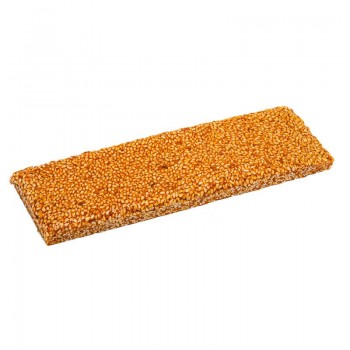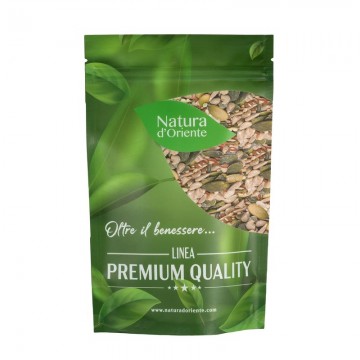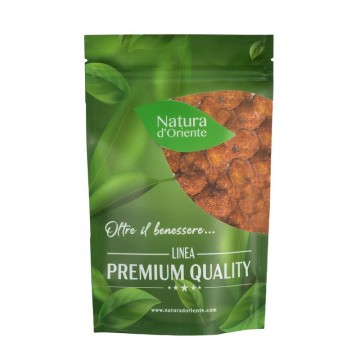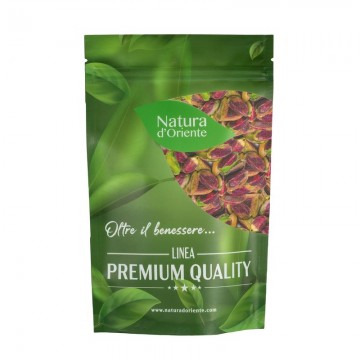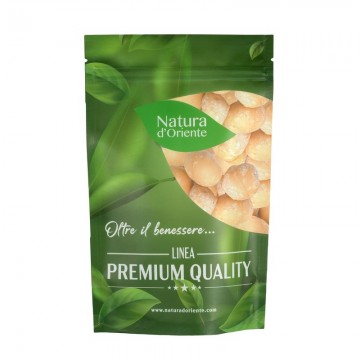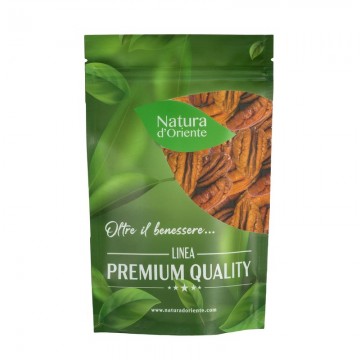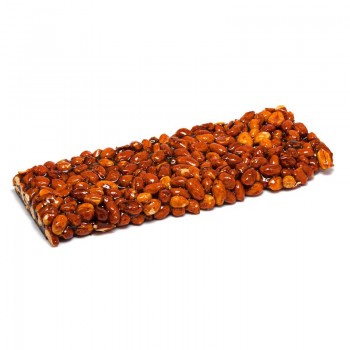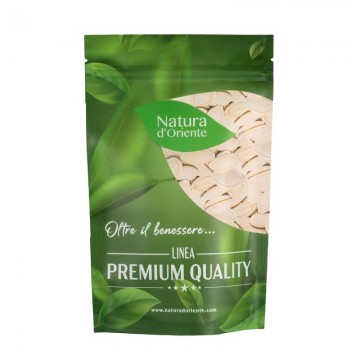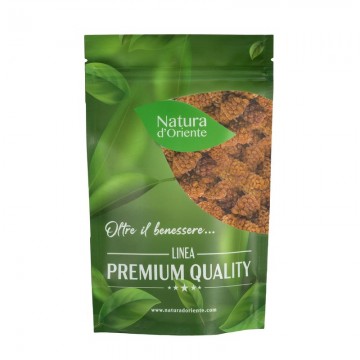Properties and benefits of Brazilian nuts
In Brazilian nuts the high percentage of vitamin E is large, and makes this fruit an important antioxidant to counteract free radicals that are the cause of aging and various diseases Degenerative.
Consuming two or three Brazil nuts constantly can improve the overall appearance of the skin and counteract the signs of aging on the face.
In the organism they have a beneficial effect on cells that renew themselves faster, and the mucous membranes and membranes are maintained in the best possible way, preventing the onset of many diseases.
Furthermore, selenium is a mineral which seems to have important antitumor, antiviral effects and the ability to stimulate the immune system.
Recommended for immune reinforcement during mid-seasons or in case of is going through a period of sensitivity to influences and allergies.
Brazil nuts are still a very caloric food, which makes them unsuitable for people with obesity problems, even if they undeniably have substances very useful nutrients for the body. In particular they are useful for those suffering from diseases such as type 2 diabetes, for those with hypertension and those with high cholesterol or triglycerides.
Brazil nuts do not contain gluten or lactose but there is a specific allergy to this product.
In fact, oleic acid also intervenes in the blood by regulating the values.
They also have a non-negligible quantity of vitamins B and B6, which help to favor the metabolic system. Brazil nuts - like walnuts, almonds, hazelnuts, and pistachios - are calorie-dense oil seeds. The protein content is also interesting. The contribution of carbohydrates is also discreet.
The content of fat-soluble vitamins is very interesting, as is that of mineral salts, especially potassium, iron, calcium, phosphorus, magnesium and selenium. The fats of Brazilian nuts are mainly monounsaturated, such as omega 9, and polyunsaturated such as omega 6. This makes the Brazilian nuts not very stable in the storage period.
The content of dietary fiber is also significant. Despite the good quality of the nutritional profile, Brazil nuts should be consumed in moderation.
The calorie intake is still considerable, therefore it is preferable to consume them instead of other foods and not in addition.
Origins and history of Brazil nuts
Brazilian nuts, Bertholletia excelsa, are the edible seeds of a tree of the Lecythidaceae family and of the order of Ericales: for example, cranberries also belong to these and black, as well as gooseberries.
Typical of the Amazon, the plant is large, the adult specimen reaches 50 meters in height and produces round-shaped fruits, which resemble a woody capsule as large as coconuts.
The tree grows wild in Brazil, Peru and Bolivia, in the months between December and the beginning of March, the plants are full of ripe fruit, with a high content of nutrients and numerous beneficial properties that , with the abundant rains, they swell and increase their weight so much that they fall to the ground.
Each of these fruits contains real nuts, also with a shell.
The precipitated fruits are opened and, subsequently, the seeds are obtained. These are then dried and distributed on the international market.

